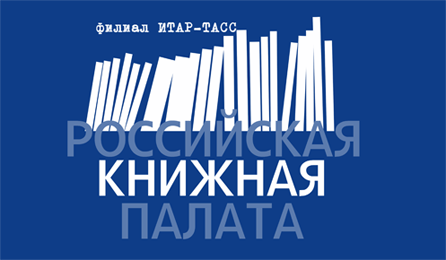State evasion and state prevention: Geographical location, agriculture, and social structure
Oct 05 2017Scott J.C. State evasion and state prevention: Geographical location, agriculture, and social structure // The Russian Peasant Studies. 2017. V.2. №4. P. 6-30.
DOI: 10.22394/2500-1809-2017-2-4-6-30
Annotation
The comparative study of the zones of refuge conducted by James Scott shows that despite their geographical, cultural, and temporal dispersion, they share a few common, diagnostic characteristics. If they were of any historical depth, most shatter zones to which various groups have repaired over time display something of the ethnic and linguistic complexity and fluidity. Aside from being located in remote marginal areas that are difficult of access, such peoples are also likely to have developed subsistence routines that maximize dispersion, mobility, and resistance to appropriation. Their social structure as well is likely to favor dispersion, fission, and reformulation and to present to the outside world a kind of formlessness that offers no obvious institutional point of entry for would-be projects of unified rule. Finally, many groups in extrastate space appear to have strong, even fierce, traditions of egalitarianism and autonomy both at the village and familial level that represent an effective barrier to tyranny and permanent hierarchy. Geographical remoteness, mobility, choice of crops and cultivation techniques, and, frequently, a “no handles” acephalous social structure, are, to be sure, measures of state evasion. But it is crucial to understand that what is being evaded is not a relationship per se with the state but an evasion of subject status. What hill peoples on the periphery of states have been evading is the hard power of the fiscal state, its capacity to extract direct taxes and labor from a subject population. They have, however, actually sought relationships with valley states that are compatible with a large degree of political autonomy. In particular, a tremendous amount of political conflict has been devoted to the jockeying for advantage as the favored trading partner of one lowland emporium or another. Hills and valleys were complementary as agro-ecological niches. This meant in effect that adjacent valley states typically competed with one another to acquire hill products and populations.
Keywords
State evasion, state prevention, geographical location, mobility, agricultural crops, egalitarian social structure, agro-ecological niches, political autonomy.
About the author
Scott James C., Professor of Political Science and Anthropology at Yale University and Co-Director of Yale Program in Agrarian Studies; Yale University, Box 208209, New Haven, USA, CT 06520-8206.
E-mail: This email address is being protected from spambots. You need JavaScript enabled to view it.
Scott J. Early states in the history of humankind: Agroecology, writing, grain and city walls // The Russian Peasant Studies. 2017. V.2. №2. P. 6-32.
DOI: 10.22394/2500-1809-2017-2-2-6-32
Annotation
The article is devoted to what might be called the “grain hypothesis”. Why are the grassy grain crops—typically barley, rye, wheat, rice, maze, and millets—so closely associated with the earliest states? The author’s guess is that only such grains are best suited to concentrated production, tax assessment, appropriation, cadastral surveys, storage, and rationing. On suitable soil, wheat provides the agro-ecology for dense concentrations of human subjects. If we were evaluating crops from the perspective of the pre-modern tax man, the major grains (above all, irrigated rice) would be among the most preferred, and roots and tubers among the least preferred. It follows that state formation becomes possible only when there are few alternatives to a diet dominated by domesticated grains. So long as subsistence is spread across several food-webs, as it is for hunter-gatherers, swidden cultivators, marine foragers, etc., a state is unlikely to arise, inasmuch as there is no readily assessable and accessible staple to serve as a basis for appropriation. Contrary to some earlier assumptions, the state did not invent irrigation as a way of concentrating population, let alone crop domestication; both were the achievements of pre-state peoples. What the state has often done, once established, however, is to maintain, amplify and expand the agro-ecological setting that is the basis of its power by what we might call state-landscaping. This has included repairing silted channels, digging new feeder canals, settling war captives on arable land, penalizing subjects who are not cultivating, clearing new fields, forbidding nontaxable subsistence activities such as swiddening and foraging, and trying to prevent the flight of its subjects. The early state strives to create a legible, measured, and fairly uniform landscape of taxable grain crops and to hold on this land a large population available for corvée labor, conscription, and, of course, grain production. For dozens of reasons, ecological and political, the state often fails to achieve this aim, but this is, as it were, the steady glint in its eye.
Keywords
grain hypothesis, early state, agro-ecology, state building, concentration of population, sedentism, pre-state people, uniform landscape, ecological and political reasons
About the author
Scott James C., Professor of Political Science and Anthropology at Yale University and Co-Director of Yale Program in Agrarian Studies; Yale University, Box 208209, New Haven, CT 06520–8206.
E-mail: This email address is being protected from spambots. You need JavaScript enabled to view it.





















